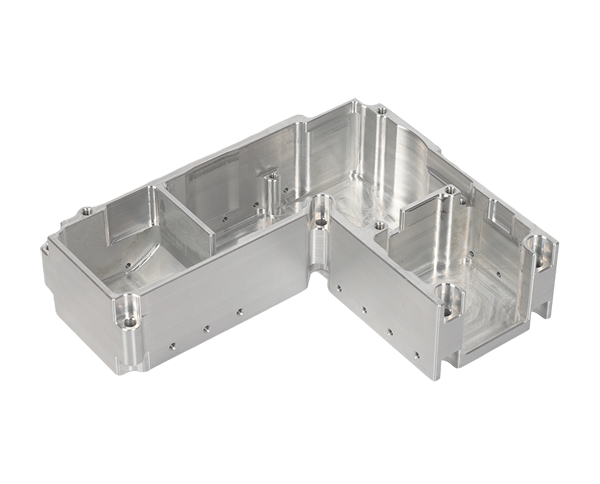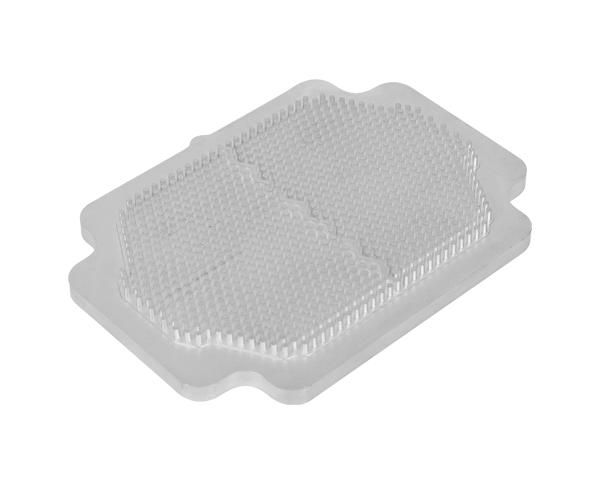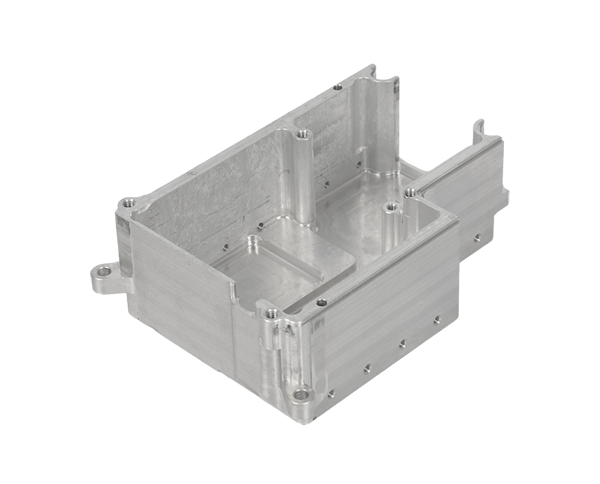
The die casting process for aluminum parts involves several sequential steps to ensure precision, strength, and surface quality. The first step is mold design and fabrication. Engineers design the mold (typically made of H13 hot work steel) based on ...

The process of pure aluminum die casting for small - sized motor shells is a complex and precise manufacturing technique that combines the unique properties of pure aluminum with advanced die - casting methods. Pure aluminum is highly favored for mot...

Low gas content die casting processes have emerged as a critical area of research, aiming to address one of the most significant challenges in die casting: the presence of porosity caused by trapped gases, which undermines the mechanical properti...

Luxury accessories, such as high-end watch cases, jewelry clasps, and leather goods hardware, utilize alloy die casting to achieve intricate designs, superior finishes, and a sense of exclusivity. These components demand both aesthetic perfection...

Alloy die casting plays a vital role in the production of ophthalmic medical equipment, where precision, biocompatibility, and durability are paramount. Ophthalmic devices such as slit lamps, tonometers, and ophthalmoscopes require components wit...
Aluminum Alloy Die Casting in Musical Instrument Accessories Aluminum alloy die casting has emerged as a highly favored manufacturing technique in the production of musical instrument accessories, offering a blend of precision, durability, and aes...
